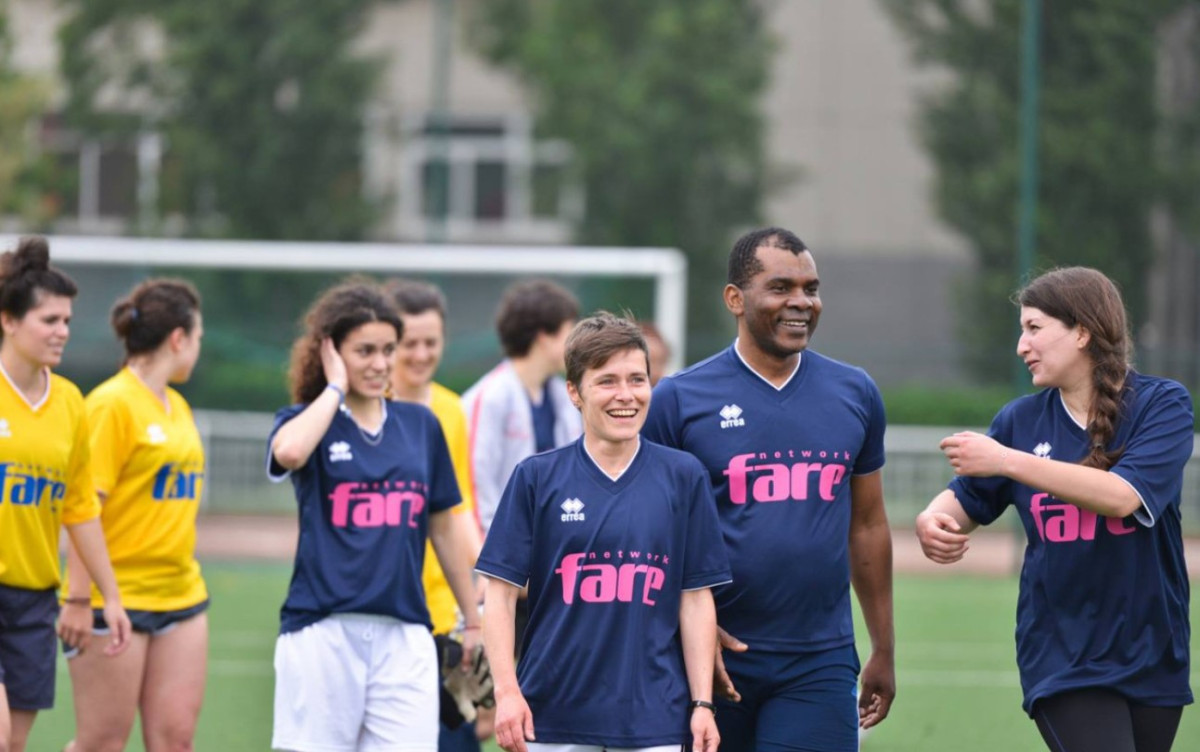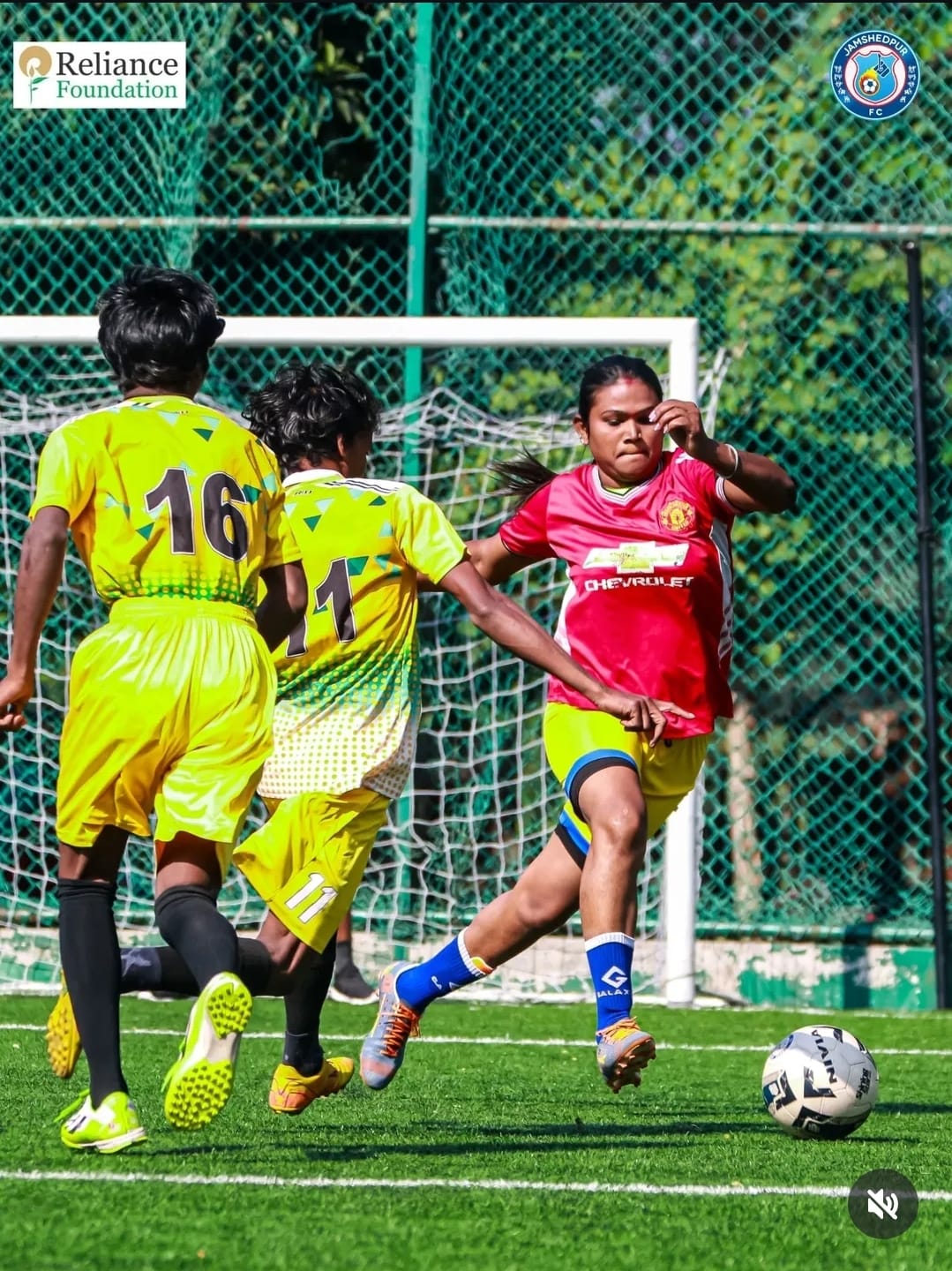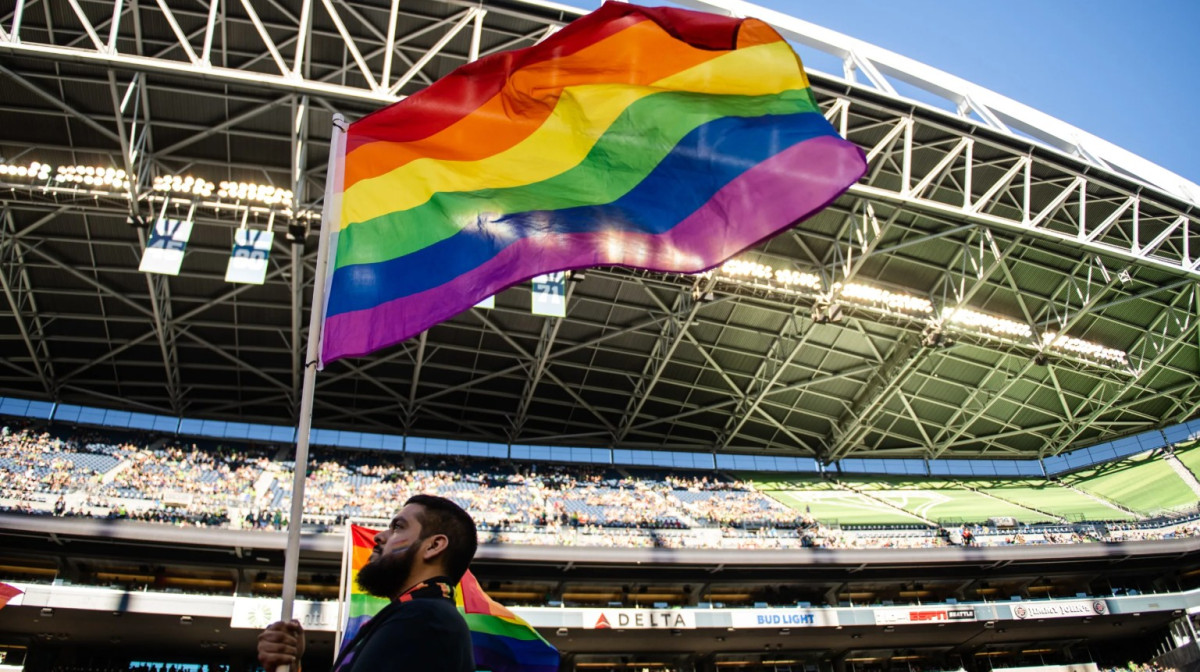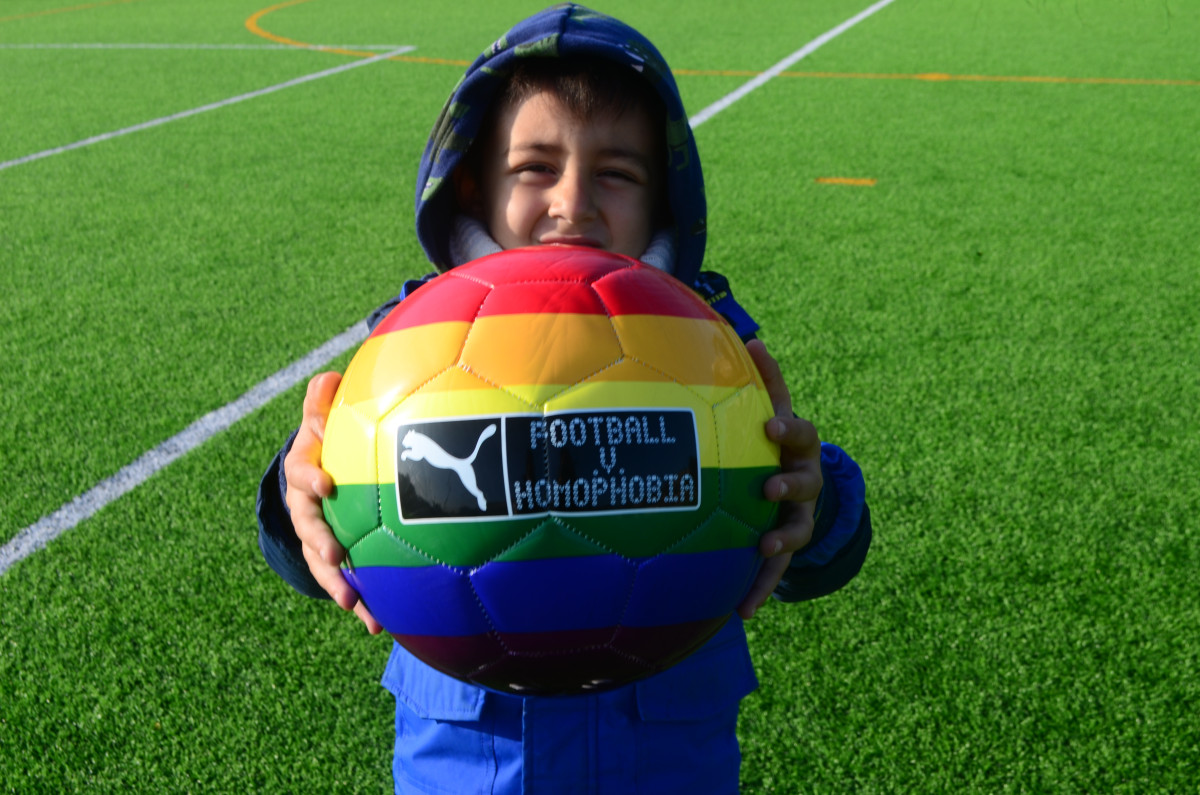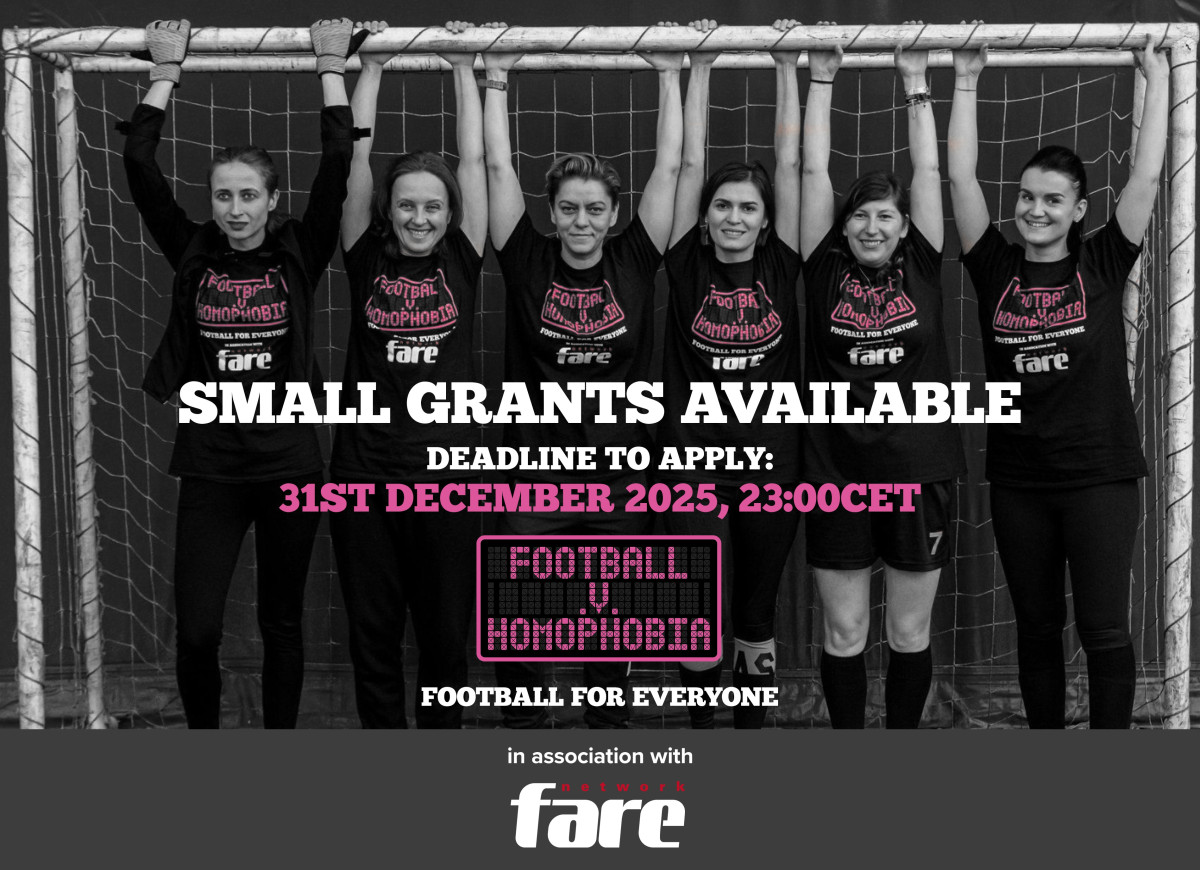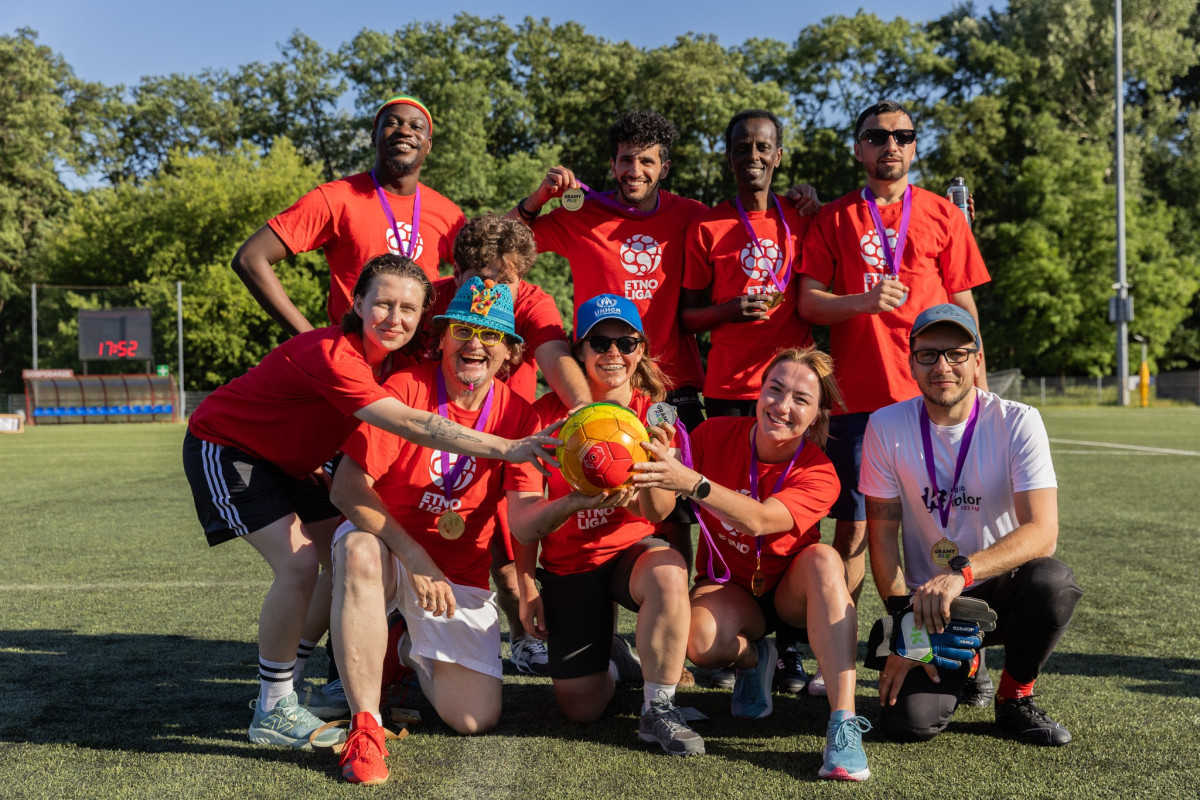A new Australian study shows that sport has played a role in helping Aboriginal communities to build confidence and tackle exclusion at a personal and community level.
The research, conducted by the Institute of Health and Welfare to examine the participation of Aboriginal communities in sport, concludes that physical activity helps to build a sense of belonging and inclusion.
One-third involved in sport
Approximately one-third of the Indigenous population participates in some form of sporting activity, the figure for mainstream Australian society is said to be in the region of 60%.
Aboriginal Australians were indigenous to the Australian continent before British colonisation began in 1788 and currently form less than 2.5% of the population, most ancestors having died through the spread of European epidemic diseases.
Poverty and exclusion within the community is widespread. In 2000, life expectancy was 20 years below that of other Australians, with poverty said to rank alongside countries such as Bangladesh.
Indigenous Australians have a long history of achievement in sport, with around 12% of professionals in Australian rules football.
Lionel Morgan to Cathy Freeman
In 1960 Lionel Morgan made his debut playing rugby league for Australia. He was booed and pelted by objects.
Two generations later Cathy Freeman became a hero as she won gold at the 2000 Sydney Olympics in the 400 metres final.
The best known of Indigenous sports is Careeda, a mix of dance and combat.
The paper shows that those who are active benefited from improvements such as attitudes towards learning, social and cognitive skills, physical and mental health well being, increased connection to culture, and some evidence of crime reduction.
Participation in Indigenous sports and recreation programmes also opened up opportunities for development of leadership skills as well as increasing access and involvement in activities that have outcomes for individuals and their communities, such as volunteering and the development of coaching skills.
Consultation with the community
The study, funded by the Australian Government, provides good practice tools to close the gap in Indigenous disadvantage, although the authors provide an important principle in setting up activities, “Although adhering to these principles is likely to result in effective programs, causal links between sports or recreation programs and specific outcomes are almost impossible to demonstrate.
“Care should be taken to design specific programs in consultation with the community in which they will be carried out, to ensure relevance and the best possible uptake of the program.”
